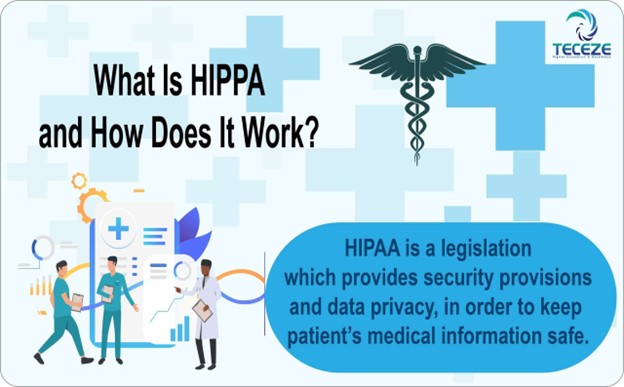When providing teaching to a 50-year-old female client, which of the following statements should a nurse include in the teaching?
"You should have your fasting blood glucose level checked every 6 years."
"You should have your hearing screened every 5 years."
"You should have your stool tested for blood every other year until the age of 74."
"You should have a complete eye examination every 2 years until the age of 64."
The Correct Answer is D
." Eye health is an essential aspect of overall health, and many eye disorders and diseases can be asymptomatic. The American Optometric Association (AOA) recommends that adults aged 18-64 should have a comprehensive eye exam at least every two years. After age 65, the frequency of eye exams should be increased, depending on the individual's eye health status. During an eye exam, the optometrist or ophthalmologist evaluates the client's visual acuity, peripheral vision, and intraocular pressure, as well as examines the internal and external structures of the eyes to detect any abnormalities. The assessment of the retina is particularly important as it can reveal the presence of chronic diseases such as diabetes, high blood pressure, and macular degeneration.
Nursing Test Bank
Naxlex Comprehensive Predictor Exams
Related Questions
Correct Answer is C
Explanation
HIPAA (Health Insurance Portability and Accountability Act) is a federal law that mandates the privacy and security of a patient's medical records and personal health information. A newly licensed nurse must understand the HIPAA regulations to protect patient's confidentiality and avoid penalties for violating the law. HIPAA rules permit clients to access their medical records and receive copies of their medical information upon request. A client can request copies of medical records through a signed authorization form. HIPAA does not allow the sharing of a client's medical information with unauthorized personnel or third parties, including coworkers and supervisors. Therefore, it is essential to protect clients' medical information and keep computer passwords confidential.

Correct Answer is A
Explanation
Explanation: Lyme disease is a reportable disease that requires notification to state and local health departments. The state health department is responsible for voluntary reporting of the cases to the Centers for Disease Control and Prevention (CDC). Health care providers, including nurses, are required by law to report certain communicable diseases, such as Lyme disease, to the state or local health department. The CDC uses these reports to track the spread of the disease, provide information to the public, and develop prevention and control strategies. The state health department also collaborates with the local health department and health care providers to conduct investigations and implement control measures to prevent the spread of the disease.
Whether you are a student looking to ace your exams or a practicing nurse seeking to enhance your expertise , our nursing education contents will empower you with the confidence and competence to make a difference in the lives of patients and become a respected leader in the healthcare field.
Visit Naxlex, invest in your future and unlock endless possibilities with our unparalleled nursing education contents today
Report Wrong Answer on the Current Question
Do you disagree with the answer? If yes, what is your expected answer? Explain.
Kindly be descriptive with the issue you are facing.
